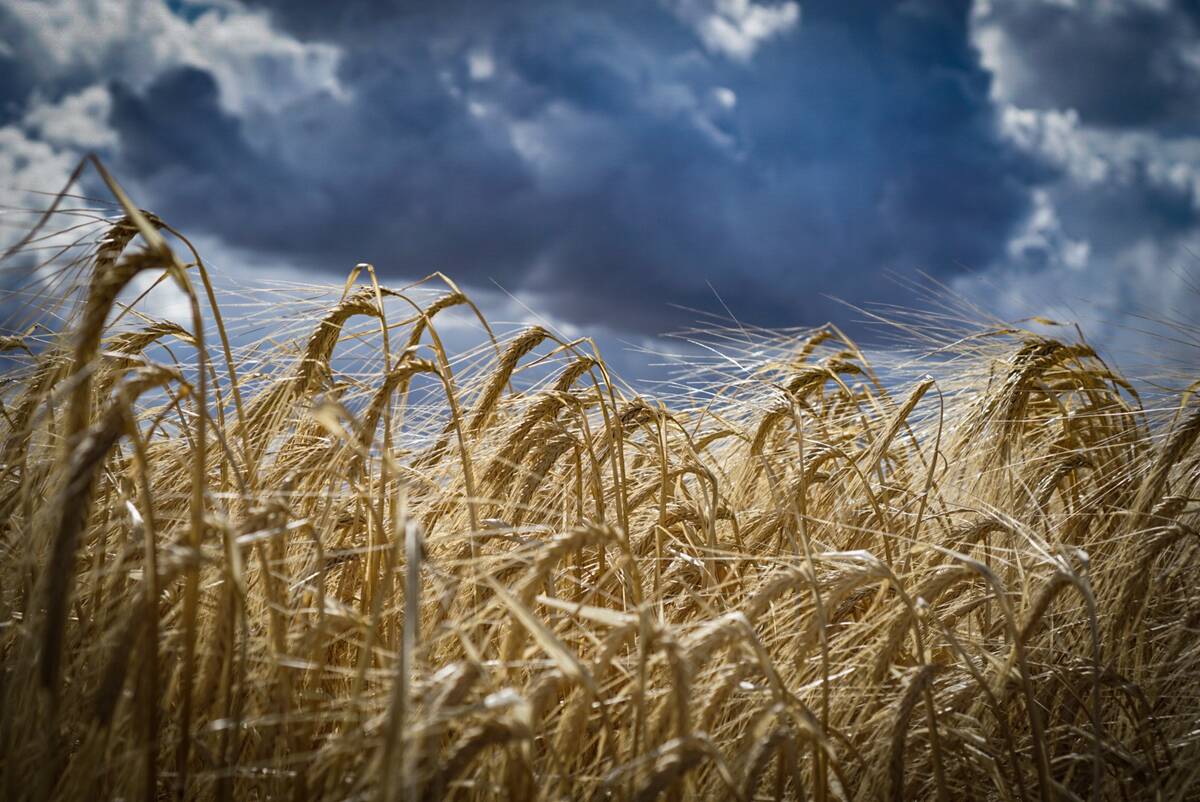An updated national water policy could protect Canadians from the dangers that threaten their safe, reliable water supply, says an Ottawa-based activist.
Susan Howatt of The Council of Canadians, a watchdog group examining issues ranging from the environment to health, said water is a public resource that must be protected from those who would want to “commodify” it.
“Water is a shared public resource and human right,” she said.
Howatt called for tightened restrictions on Canada’s voluntary ban on fresh-water exports.
“The growing movement to treat it as tradable is a very dangerous gamble.”
Read Also

Malting barley exporters target Mexican market
Canada’s barley sector is setting its sights on the Mexican market to help mop up some of the lost demand from China
She said the federal water policy is 20 years old and needs updating.
She called for a new policy with strong leadership from Environment Canada and funding for infrastructure upgrades in municipalities. It would ban bulk water exports and diversions and implement national clean water standards.
Most water concerns are now dealt with on a case-by-case basis, something she called shortsighted and short term.
“You have to have an idea of the big picture.”
She called the recently created Saskatchewan Water Council a self-appointed body drawn up largely from industry members who are set on water development.
A national policy would include input from all levels of government across Canada, she added.
The council chose Saskatchewan and Alberta for Howatt’s speaking tour in April because of increased demands for water in the region.
Saskatchewan’s biggest threat comes from the growth of large-scale intensive livestock operations, she said.
“Not having a policy leaves us very weak to implement strong conservation regulations,” she said. “We are vulnerable because we don’t have a national water policy.”
She called the Prairies a canary for the rest of Canada because the region is facing the impacts of global warming and climate change, water contamination, municipal water shortages and increased demands for water from the oil and gas industry.
“It’s a bit of a greatest hits of water issues right here,” she said.
In her speech, Howatt said most of the allocated water in Canada is used on the Prairies, with most of that used by agriculture for irrigation and intensive livestock operations.
Don Dill of the Saskatchewan Watershed Authority in North Battleford said the Prairies use their fresh-water allocation to supply domestic, industrial, municipal and agricultural needs.
“We are the driest part of Canada so we probably use more as we rely on it,” he said, but added large municipalities in other parts of Canada would also be big water users.
SWA’s Conserving Our Water report indicates agriculture uses 67 percent of the fresh water that is withdrawn in Saskatchewan, making it the largest user.
Of that amount, Dill said, irrigation accounts for 46 percent.
The majority of available fresh water is not withdrawn or allocated, with only 22 percent of the South Saskatchewan River allocated.
Dill said Alberta uses most of its water allocation, with most going to irrigation.














